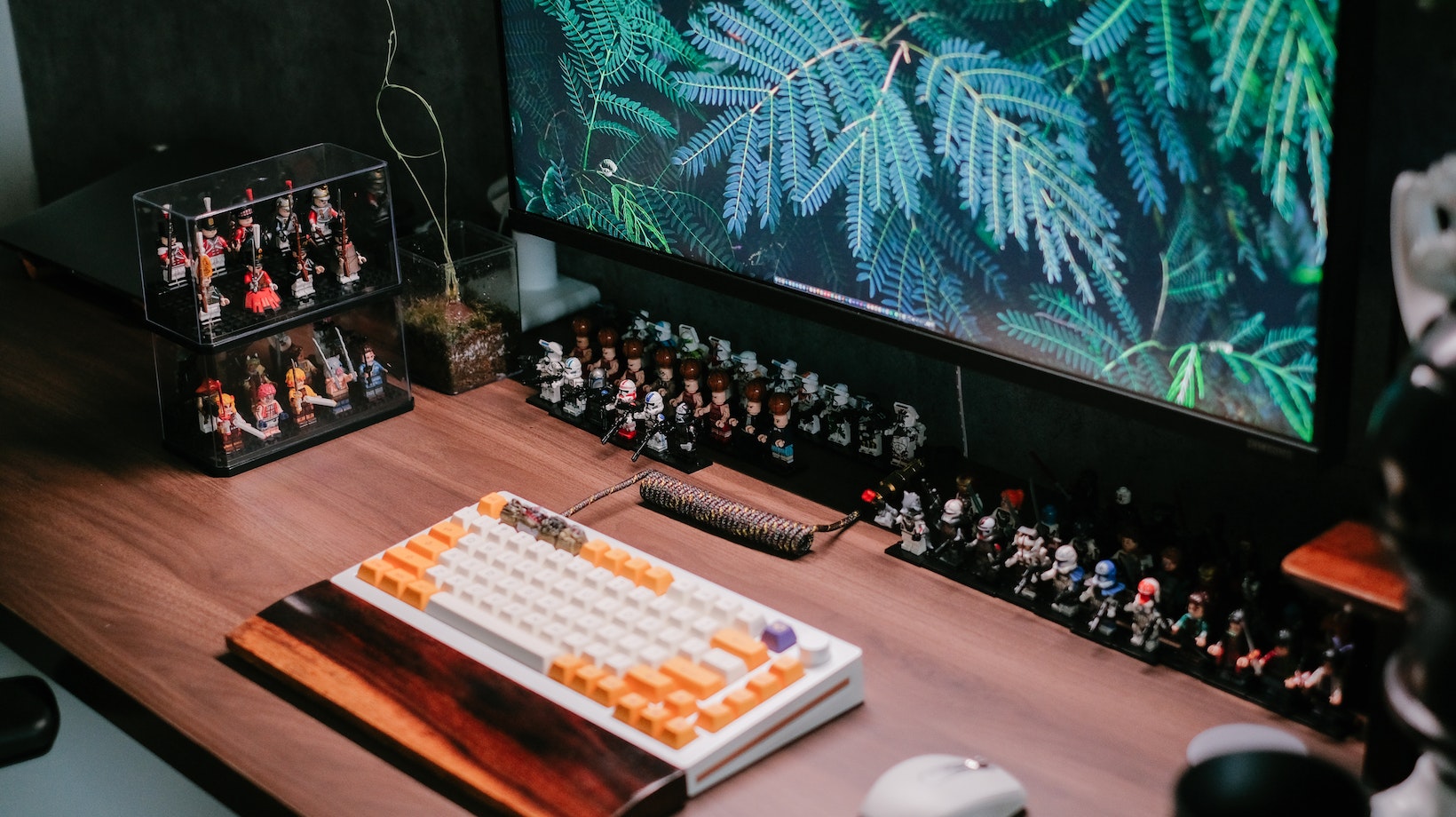Clipping masks in Illustrator are a powerful tool that allow you to create unique and eye-catching designs. If you’re wondering how to do a clipping mask in Illustrator, I’ve got you covered. In this article, I’ll walk you through the steps to create a clipping mask and show you some tips and tricks along the way.
To start, open your desired image or shape in Illustrator. Next, select the object that will serve as your mask – this could be a shape or text element. Once selected, go to the “Object” menu and choose “Clipping Mask,” then click on “Make.” Voila! Your mask is now applied.
But wait, there’s more! You can refine your clipping mask by adjusting its position or size. Simply select both the masking object and the image/shape you want to clip, then use the Transform tools (found under the “Window” menu) to make any necessary changes. This allows for endless customization possibilities.
By mastering the art of clipping masks in Illustrator, you’ll have another creative technique at your disposal. Whether it’s for designing logos, creating intricate patterns, or adding unique effects to your artwork – knowing how to do a clipping mask in Illustrator is an essential skill for any graphic designer or illustrator. So let’s dive in and unlock this powerful feature together!
Table of Contents
TogglePreparing Your Artwork
Choosing the Right Artwork
Before diving into creating a clipping mask in Illustrator, it’s important to choose the right artwork that suits your purpose. Consider the following factors:
- Image Type: Ensure that the image you select is suitable for a clipping mask. Vector-based graphics or high-resolution images with clear edges work best for this technique.
- Subject and Composition: Think about how your chosen artwork will fit within the desired shape or object you want to create using the clipping mask. Make sure it complements the overall design and enhances its visual appeal.
- Color and Contrast: Take into account the colors and contrast within your artwork as they can greatly impact how well it blends with other elements in your composition.

How to Do a Clipping Mask in Illustrator
Now that you have selected your artwork, let’s delve into understanding what a clipping mask actually is in Adobe Illustrator.
A clipping mask allows you to hide portions of an image or graphic by confining them within a defined shape or path. This technique is particularly useful when you want to display only specific parts of an image while hiding everything outside of that area.
With a clipping mask, you can create captivating designs by combining different shapes, text, and images seamlessly. It gives you more control over how your content interacts with one another, allowing for intriguing compositions.
Preparing Your Layers
To effectively use a clipping mask in Illustrator, organizing your layers plays a crucial role in ensuring smooth workflow and ease of editing later on.
Here are some tips for preparing your layers:
- Arrange Layers Properly: Make sure that the layer containing the shape or object intended for masking is positioned above the layer containing your artwork.
- Naming Layers Descriptively: Give meaningful names to each layer involved in creating the clipping mask. This makes it easier to identify and modify specific elements later on without confusion.
- Grouping Layers: Consider grouping related layers together to keep your workspace neat and tidy. This way, you can easily locate and manage various elements in your composition.
By following these steps, you’ll be well-prepared to create a clipping mask in Illustrator that enhances the visual impact of your artwork while maintaining flexibility for future adjustments.
Keep reading to learn how to actually create a clipping mask in our next section!
Remember, preparation is key when it comes to creating effective and visually appealing designs using clipping masks in Adobe Illustrator. So take the time to choose the right artwork, understand the concept of clipping masks, and organize your layers properly for a seamless workflow.






